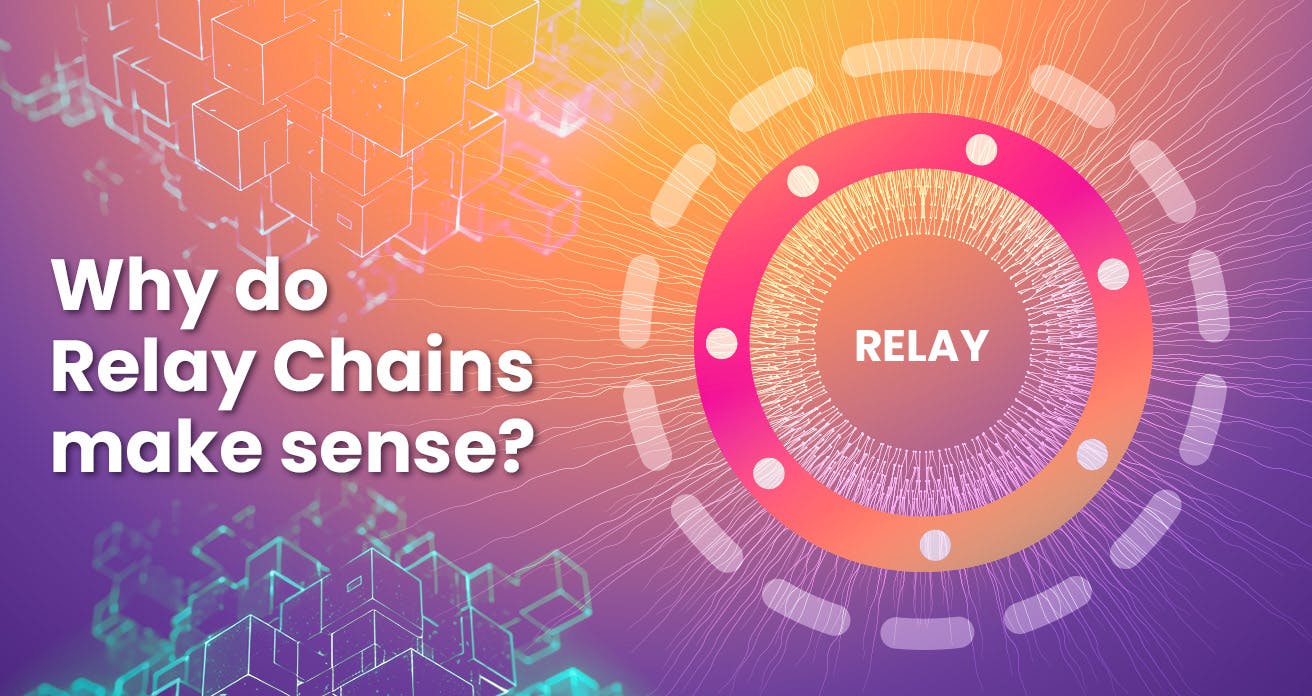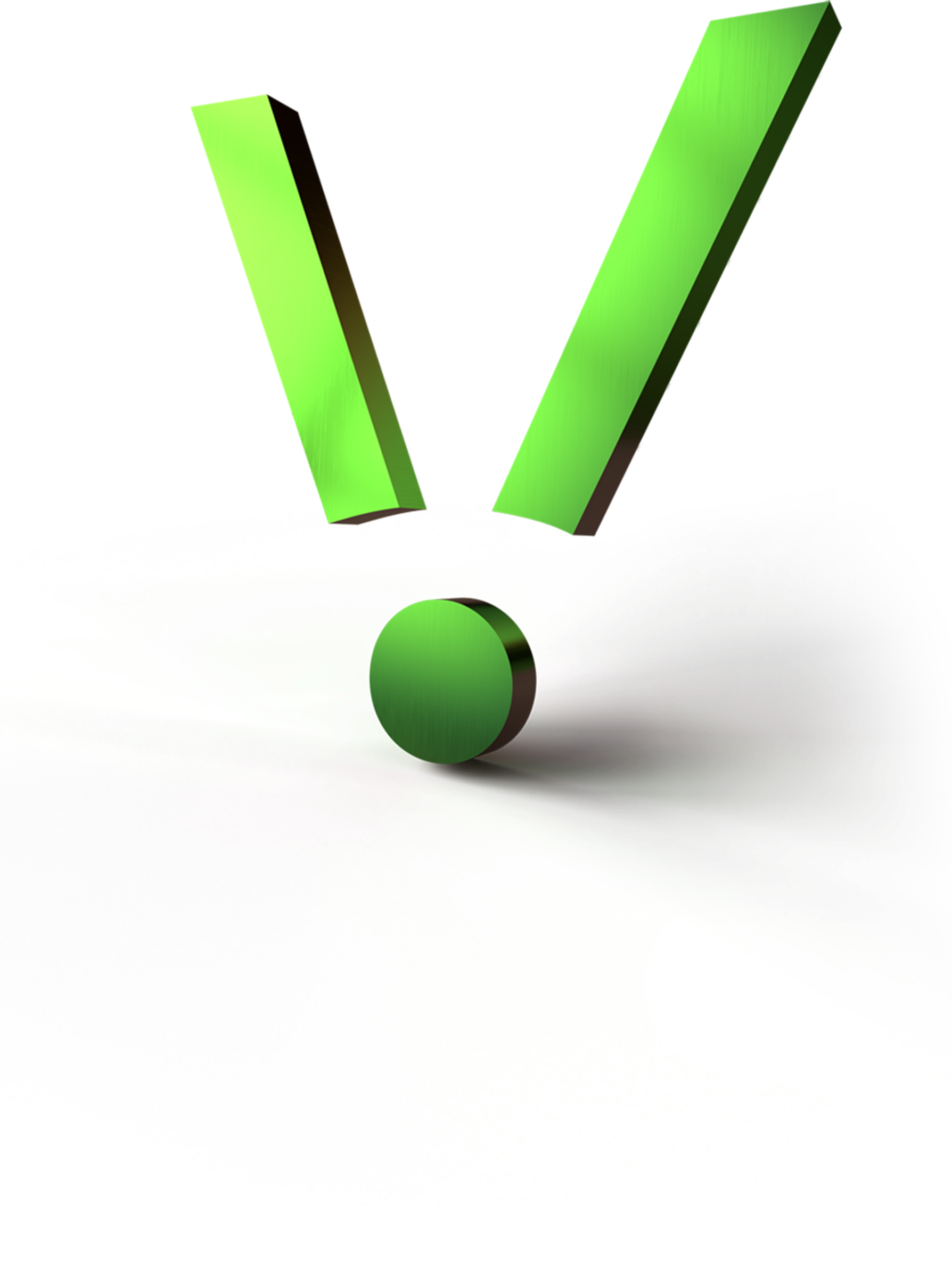Blog

In a world of multiple different blockchains, why do Relay Chains make sense?
In the realm of blockchain technology, the choice of a development platform can significantly impact the success of decentralized applications (dApps) and digital assets. Among the various options, Ethereum, Binance Smart Chain, Polkadot, Cardano, Solana, and Avalanche stand as pioneers, each offering a unique set of features and strengths. As developers navigate this landscape, understanding these platforms is essential. In this exploration, we will conduct a comprehensive comparison, and also delve into the innovative world of Relay Chains, specifically Polkadot, to shed light on why they represent the future of blockchain interoperability.
Comparison of Blockchain Platforms:
Ethereum: The Pioneer’s Legacy
Ethereum, with its rich developer community and user-friendly tools, revolutionized decentralized agreements through smart contracts. Solidity, its primary programming language, simplified smart contract development, making it a robust choice for a wide array of applications. Ethereum is also seen as the ‘default’ chain for building dApps. While it is expensive to use, it is also considered the reference chain. To paraphrase a popular comment from application development, “nobody ever got fired for choosing to build on Ethereum”.
Binance Smart Chain: Optimizing Efficiency
Binance Smart Chain (BSC) swiftly gained prominence due to its compatibility with Ethereum and superior performance metrics. With lower fees and faster transaction confirmations, BSC became a developer favorite. Its seamless integration with the Binance ecosystem, which includes its well established crypto-exchange Binance Coin (BNB), ensures a smooth experience for deploying and running applications.
Polkadot: The Interconnected Blockchain
Polkadot was created by Ethereum co-founder, Gavin Wood, with the goal of uniting disparate blockchains into a collaborative space. Its revolutionary “parachain” architecture allows custom blockchains - each specialized and geared towards a single purpose, to seamlessly connect to the underlyingPolkadot relay chain, which provides a common consensus mechanism and security layer. This interconnectedness not only enhances security and scalability but also eliminates the isolation that hinders conventional blockchains.
Cardano: The Trinity of Security, Sustainability, and Scalability
Founded by Ethereum co-founder Charles Hoskinson, Cardano prioritizes security, sustainability, and scalability. Its unique “Plutus” approach to smart contracts, utilizing Haskell-inspired scripting languages, ensures robust dApp development. Cardano’s layered architecture enhances security, allowing seamless upgrades, making it an ideal choice for stability and innovation seekers.
Solana: Blazing a Trail with Speed and Efficiency
Solana captured attention with remarkable speed and minimal transaction fees. Powered by Proof of History (PoH) and delegated proof-of-stake (DPoS), Solana offered lightning-fast transactions. Developers have embraced the Rust programming language to create high-performance smart contracts. Its emphasis on scalability and speed made it the preferred choice for projects requiring high throughput and low latency.
Avalanche: The Power of Decentralization and Flexibility
Avalanche champions decentralization and flexibility through its innovative consensus mechanism, Avalanche. Developers can design custom blockchains, known as “subnets,” tailored to specific needs. With compatibility with the Ethereum Virtual Machine (EVM), Avalanche simplifies migration for Ethereum developers, providing a customizable environment for diverse applications.
Why Relay Chains Like Polkadot Make Sense:
Relay Chains, epitomized by Polkadot, heralded a new era of blockchain synergy. They have dissolved barriers between blockchains, enabling seamless interaction. Polkadot facilitated this interaction by allowing various chains to collaborate, exchange data, and process transactions. This interconnectedness has not only enhanced security and scalability but also empowered developers to leverage the unique strengths of individual chains while tapping into the collective power of a unified network.
What Is Polkadot?
Polkadot represents a paradigm shift in blockchain technology. By uniting disparate blockchains into a singular, collaborative space, it allowed the creation of custom blockchains (parachains) tailored for specific needs. Polkadot addressed fundamental challenges hindering blockchain’s practicality: scalability and isolation. Employing a Proof-of-Stake consensus protocol, Polkadot achieves consensus through validators staking tokens, ensuring security while promoting seamless communication between blockchains, a feat not possible in earlier, isolated models.
In the vast expanse of blockchain possibilities, Ethereum, Binance Smart Chain, Polkadot, Cardano, Solana, and Avalanche each represent a unique avenue for exploration. Yet, amid this diversity, Relay Chains, like Polkadot, emerge as the anchor, weaving disparate threads into a cohesive whole. They are more than just a technological innovation; they signify a paradigm shift.
As we navigate the complexities of the blockchain universe, Relay Chains beckon us toward a future where collaboration transcends boundaries. In this interconnected realm, developers can find an ideal environment to innovate and thrive. Polkadot’s innovative architecture, enhancing security, scalability, and collaboration, shows the potential of Relay Chains. Looking into the future, the significance of Relay Chains becomes clear: they are the bridge to a decentralized world where the potential of blockchain technology knows no bounds.

